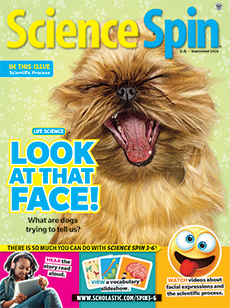A rainbow of colorful sneakers line the walls of a shoe store. You scan the rows. Your eyes land on a pair of lime-green high-tops with black details. They seem to say: “I’m the perfect pair for you.” And that’s not far from the truth. Companies spend a lot of time thinking about how colors might connect with customers.
“Colors can make us feel things. And wearing a specific color can reveal how you’re feeling,” says Deborah Hernandez. She’s a certified color specialist and professor at the Fashion Institute of Technology in New York City.
People usually decide whether they like an item of clothing within seconds of seeing it. If a customer doesn’t like its color, they probably won’t buy it. That’s why it’s important for designers to choose the right colors for sneakers, T-shirts, skateboards, or anything else they’re creating. To do that, they use color theory. Part art and part science, this set of guidelines helps designers and artists combine colors to create the most pleasing and stylish products.
